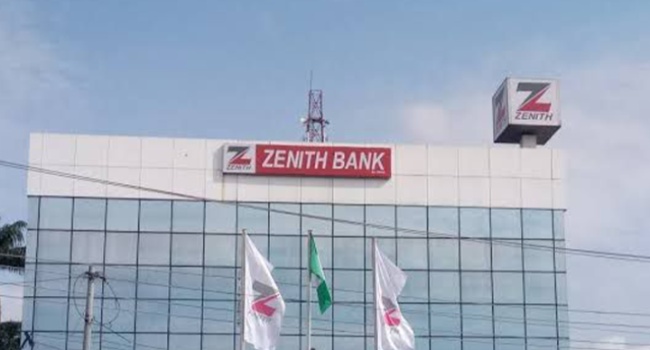Bitcoin and Inflation: A Volatile Week
Bitcoin’s price saw significant swings this week as the U.S. Consumer Price Index (CPI) report was released. The cryptocurrency’s value surged ahead of the report, reflecting market optimism, only to experience a sharp decline afterward.
Bitcoin’s volatile response highlights its sensitivity to economic indicators, particularly inflation metrics that can influence Federal Reserve policy decisions.
Join our WhatsApp ChannelCPI Report Sparks Bitcoin’s Initial Surge
In the lead-up to the CPI report, Bitcoin rallied across various exchanges, hitting $58,000. This rally was fueled by expectations that the CPI report would indicate continued inflation, driving investors to hedge with assets like Bitcoin.
“Many investors saw Bitcoin as a safe bet against inflation,” said Jim Baird, Chief Investment Officer at Plante Moran Financial Advisors. “The market was optimistic that inflation pressures would persist, justifying Bitcoin’s role as a store of value.”
Inflation Data Triggers Cryptocurrency Market Reactions
However, the actual CPI report painted a different picture. The data revealed that inflationary pressures had significantly eased, leading to a rapid decline in Bitcoin’s price.
The unexpected decrease in inflation suggests a potential shift in the Federal Reserve’s approach to interest rates.
Baird noted, “The inflationary pressures that built up over the past year have dissipated. This shifts the economic landscape, impacting how assets like Bitcoin are valued.”
READ ALSO: Cryptocurrency: Ethereum ETFs Set To Launch On July 23 with US SEC’s Preliminary Approval
Federal Reserve’s Next Move: Impact on Cryptocurrency
The Federal Reserve’s response to inflation data is crucial for cryptocurrency’s future. With inflation easing, the Fed may consider cutting interest rates to stimulate the economy.
Historically, rate cuts have been favorable for Bitcoin, as lower interest rates reduce the opportunity cost of holding non-yielding assets like cryptocurrencies.
“If the Fed signals rate cuts, it could lead to a rally in Bitcoin prices,” Baird explained. “Bitcoin’s scarcity and its appeal as an alternative to traditional financial assets could drive prices higher in a lower-rate environment.”
Bitcoin’s Short-term Volatility vs. Long-term Potential
The immediate aftermath of the CPI report saw Bitcoin prices drop by 3%. This short-term volatility underscores the cryptocurrency market’s sensitivity to economic data.
However, the long-term outlook for cryptocurrency remains bullish, especially if the Federal Reserve moves towards rate cuts in response to easing inflation.
“The market is reacting to the data in real-time, but the broader trend could be positive for Bitcoin,” Baird added. “Investors should watch closely as the Fed’s decisions in the coming months could set the tone for Bitcoin’s trajectory.”
Conclusion
Bitcoin’s price movements this week underscore the cryptocurrency’s complex relationship with economic indicators like the CPI report.
While short-term volatility is expected, the potential for Federal Reserve rate cuts presents a promising outlook for Bitcoin.
Investors should remain vigilant, monitoring economic trends and policy changes to navigate the evolving crypto landscape effectively.
Emmanuel Ochayi is a journalist. He is a graduate of the University of Lagos, School of first choice and the nations pride. Emmanuel is keen on exploring writing angles in different areas, including Business, climate change, politics, Education, and others.
- Emmanuel Ochayihttps://www.primebusiness.africa/author/ochayi/
- Emmanuel Ochayihttps://www.primebusiness.africa/author/ochayi/
- Emmanuel Ochayihttps://www.primebusiness.africa/author/ochayi/
- Emmanuel Ochayihttps://www.primebusiness.africa/author/ochayi/












![Breaking: Tinubu Returns To Abuja After Europe Trip [Photos]](https://www.primebusiness.africa/wp-content/uploads/2025/04/Tinubu-returns-to-Abuja-Pohotos-2-150x150.jpeg)





Follow Us